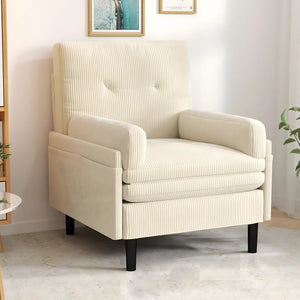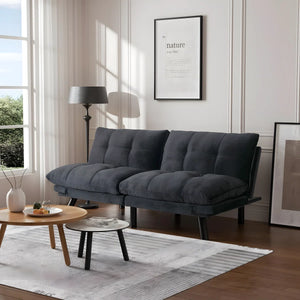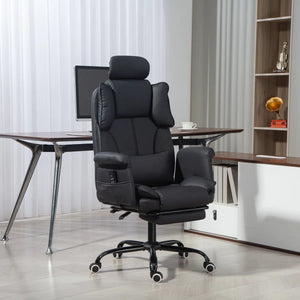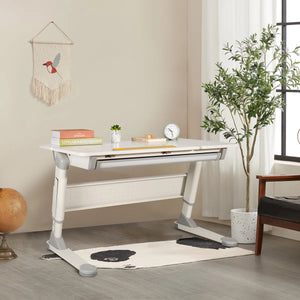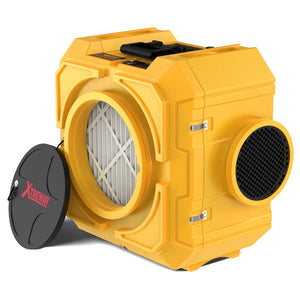When you think of soundproof wall panels, the first thing that comes to mind might be "making a room quieter." While this is absolutely correct, it's only the beginning of the story. When considering installing soundproof wall panels, your first question might be: "Do they really work?"

The short answer is: they absolutely do—but the complete story lies in the data, engineering principles, and real-world applications that define high-performance acoustic solutions. At UNISOAR, we believe in transparent communication. Let's now delve into the measurable effectiveness of modern soundproof wall panels.
Core Value: What Do Soundproof Wall Panels Actually Do for Us?
The fundamental mission of soundproof wall panels is to control sound transmission and reflection. This brings about three fundamental changes:

Creating Acoustic Boundaries: Like a loyal guardian, they effectively block external noise intrusion while preventing internal sounds from leaking out, establishing clear "acoustic territory" for you.
Enhancing Sound Quality: Within a space, they absorb excess echo and reverberation, making conversations clearer, music more pleasant, and movie dialogue more precise.
Creating Sensory Sanctuaries: By physically reducing noise pollution, they directly create sanctuaries for deep relaxation, focus, or creative work—benefiting both mind and spirit.

Fundamentals of Acoustic Principles: Modern soundproof wall panels operate on three core physical principles:
l Mass Law
Direct proportional relationship between surface density and sound insulation performance
Utilization of high-density composite materials (≥5.2kg/m²) to enhance sound isolation capabilities
l Damping Effect
Energy conversion mechanism of viscoelastic materials
Transformation efficiency from vibrational mechanical energy to thermal energy exceeding 85%
l Constrained Layer Structure
Composite action of multi-layer heterogeneous materials
Control of sound wave reflection and transmission at different medium interfaces

How Effectiveness Is Measured: Key Metrics
To objectively evaluate soundproofing performance, the industry relies on standardized metrics:
Sound Transmission Class (STC)
STC rates a panel's ability to block airborne sound (e.g., voices, TV noise)
STC 25-35: Basic noise reduction
STC 40-50: Significant quieting (typical of quality residential installations)
STC 50+: Professional-grade isolation (e.g., studios, conference rooms)
Noise Reduction Coefficient (NRC)
NRC measures how well a surface absorbs sound within a room. An NRC of 0.8 means 80% of sound energy hitting the panel is absorbed, drastically reducing echoes.
Impact Insulation Class (IIC)
IIC evaluates resistance to impact noise (footsteps, furniture dragging). This is critical for multi-story buildings.
UNISOAR Panel Performance
Independent tests and architectural case studies confirm that professionally engineered panels—like those developed by UNISOAR—deliver the following performance:
STC Ratings of 48-53
This means conversations or media played at normal volumes become virtually inaudible in adjacent spaces. For reference, standard drywall has an STC of about 30-35.
NRC Values Up to 0.8
Our textured and porous acoustic layers absorb even mid- and high-frequency sounds, making rooms feel noticeably calmer and more focused.

IIC Improvements of +15 dB
When installed with a decoupling system, UNISOAR panels reduce footfall and structural noise by over 70%.
Factors Affecting Real-World Results
Soundproofing effectiveness isn't just about the panels—it's about the complete system:
l Installation Integrity
Gaps or poor sealing can lower performance by 30-50%. UNISOAR panels include precision edge details and recommended sealing solutions.
l Wall Assembly Design
We optimize decoupled layers and mass-enhanced structures based on the "Mass-Damping-Absorption" trilogy principle.
l Material Science
From constrained layer damping materials to eco-friendly mineral wool cores, every layer is precisely tuned for acoustic and environmental performance.
Conclusion: Not All Panels Are Created Equal
While DIY solutions may offer modest improvements, engineered soundproof panels like those from UNISOAR provide verified, high-performance noise control. By combining:
l Laboratory-validated STC and NRC ratings
l Aesthetically adaptable designs
l Sustainable material choices

we don't just reduce noise—we transform how you experience your space.
Ready to experience the difference? Schedule a free acoustic consultation and receive a personalized project performance report.
UNISOAR — Where Silence Is Engineered.

